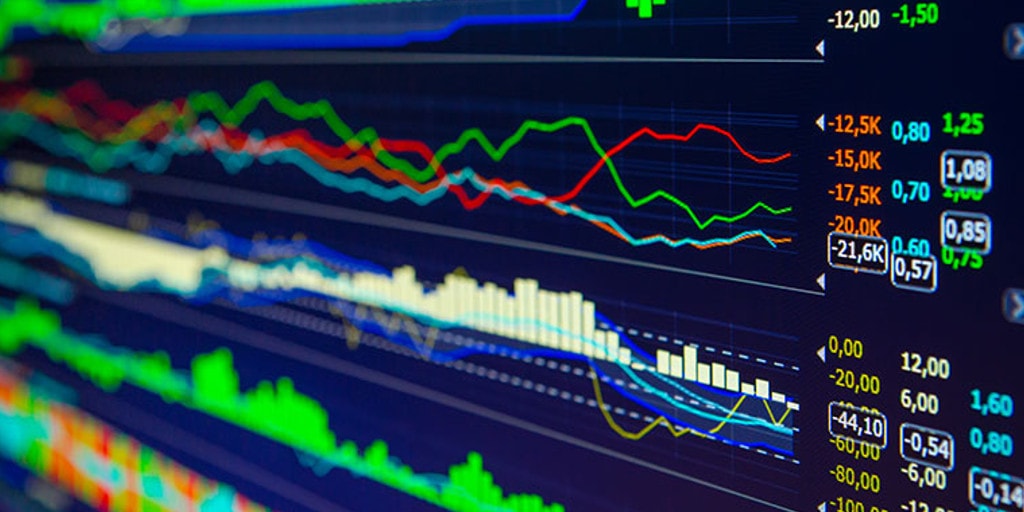What is Fibonacci Forex Trading
October 13, 2016
Fibonacci numbers and sequence are so popular in forex trading that there are many trading theories based on such numbers. Moreover, every trading platform is offering the Fibonacci sequences as an important trading tool for everyday traders.
The idea behind trading with Fibonacci is to look for retracement levels in a specific move in order to identify potential support and resistance levels, or even potential reversals.
However, in trading, Fibonacci doesn’t refer only to retracement or expansion levels, but also to, perhaps the most important element: time.
Fibonacci Retracement Tool
The Fibonacci Retracement tool is by far the most used when trading forex and the most common level to interpret is the so-called golden ratio or the 61.8% retracement level. It all comes down to the golden ratio, in everyday life as well as in trading and one of the biggest trading theories of them all, the Elliott Waves theory, is based on Fibonacci numbers and the golden ratio.
Elliott Waves theory without the Fibonacci numbers is simply not possible as all the patterns that make up the theory are based on Fibonacci numbers. Just to give you an example, the 61.8% retracement level marks the difference between a flat and a zigzag pattern.
If the price is retracing for the b-wave in a corrective wave more than 61.8%, it means the market forms a flat pattern. If less, the pattern is a zigzag. Both these patterns are having different implications for future prices, and without Fibonacci numbers, it wouldn’t be possible to interpret them.
Other important Fibonacci retracement levels are 38.2% (b-waves in zigzags usually retrace around this level), 50% (more of a psychological level as it is used by traders simply by dragging the Fibo tool from a recent high to a bottom in order to trade the fifty percent retracement), and 80% (this level defines the Gartley trading theory as the whole theory is based on market retracing more than 80% of the previous swing).
While 80% is not actually a Fibonacci number, the level can be found by using the same Fibonacci Retracement tool and adding it to the sequence.
Fibonacci Expansion Tool
This one has many applications in the Elliott Waves theory as well. According to Elliott, markets are moving in impulsive and corrective waves.
In an impulsive wave, at least one wave is extended, and most of the times this eave is the third wave in a five waves structure. To find the approximate length of this third wave, traders use the Fibonacci Expansion tool, measure the length of the first wave and drag the 161.8% level at the end of the second wave.
An extended wave should be minimum 161.8% of the previous wave and using the Fibonacci expansion tool, helps traders identify such a level.
Other important levels are 138.2% (this one makes the difference between elongated flats and other types of flat patterns), and even 261.8% and 461.8% for most aggressive impulsive waves.
Fibonacci Time Zones
Perhaps the most unpopular tool, Fibonacci Time Zones is underrated in trading. For long, the holy grail in trading is to put a time element to a price forecast, as timing a trade is key.
Fibonacci Time Zones helps in achieving that, especially when using the time to validate or invalidate a scenario. Again, Elliott Waves theory is the one that uses the time element when interpreting markets, and Fibonacci Time Zones is the tool to be used
To sum up, trading without Fibonacci numbers simply won’t work and the Fibonacci trading tools have a wide use in forex analysis. Technical analysis would not exist if the Fibonacci sequence was not discovered.



